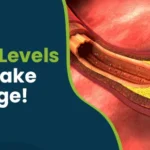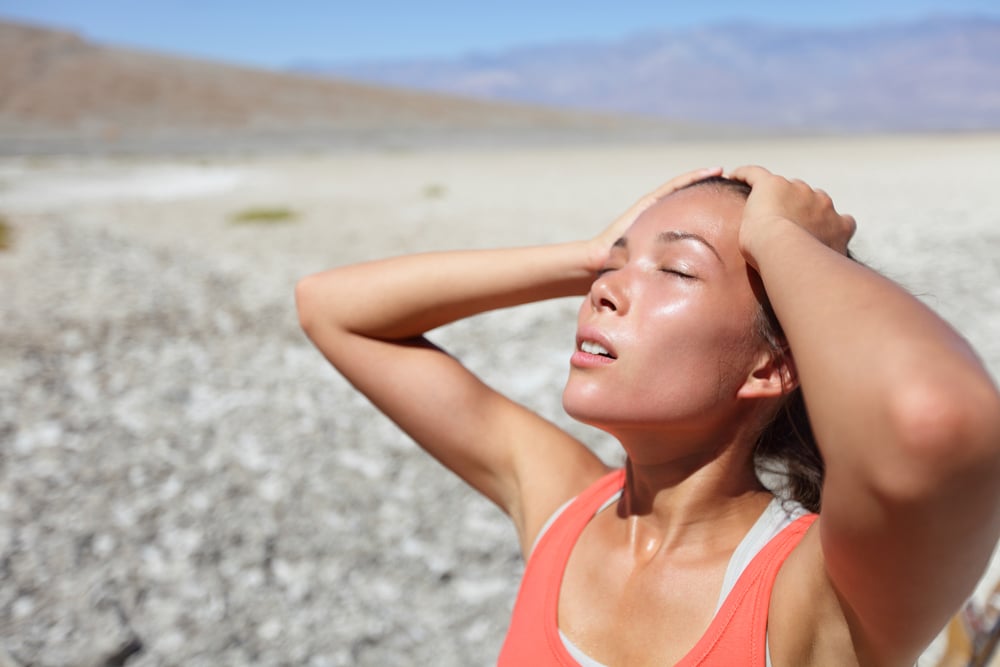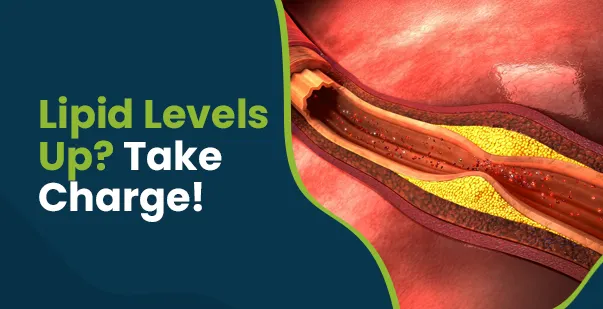Did you know that the human body can experience heat-related illnesses, such as heat stroke, with potential health consequences? According to the Centers for Disease Control and Prevention (CDC), heat-related illnesses pose a grave threat to the country’s public health. There is a significant difference between heat stroke and heat exhaustion. It is crucial to distinguish between heat stroke and heat exhaustion to act fast. Initially, there is a stage of heat exhaustion where sufferers become extremely weak, sweat profusely, and feel nauseated. In contrast, heat stroke is a more serious disorder in which the body’s thermoregulatory mechanism breaks down, causing a potentially catastrophic state with symptoms such as cognitive disorientation, increased pulse rate, and loss of consciousness. Let’s compare and contrast heat exhaustion and heat stroke to provide proper and timely care. Explore more about difference between heat exhaustion and heat stroke and their prevention in this blog:
What are heatstroke and heat exhaustion?
Heat exhaustion is a condition that causes excessive sweating, weakness, and nausea due to dehydration and electrolyte imbalance. This develops as a result of prolonged exposure to high temperatures and poor hydration levels. On the other hand, heatstroke is a more serious problem that comes as a result of the body’s failure to regulate heat. It increases core body temperature substantially, leading to neurological impairment, disorientation, and even unconsciousness at worst. Heatstroke is a condition that requires urgent medical attention since it could be fatal. Proper hydration and managing high-temperature exposures are both important in preventing heat-related complications under these two conditions.
Heat stroke vs heat exhaustion symptoms
- Symptoms of heat exhaustion
Heat exhaustion stems from prolonged exposure to high temperatures and dehydration. It leads to excessive sweating and electrolyte imbalances. Learn the common symptoms of heat exhaustion, as mentioned below:- Profuse Sweating: In extreme cases of heat, sweating is the most natural way for the body to get rid of excess heat; by doing so, it undergoes evaporative cooling. Nevertheless, it causes a loss of water to the extent that it affects the general well-being of the body, making it unable to perform its physiological functions normally.
- Weakness: When people experience heat exhaustion, their bodies work hard to restore an appropriate internal temperature, and this drains away one’s energy. The result of the strain on muscles and the cardiac system is weakness.
- Nausea: Heat exhaustion also affects the gastrointestinal system, causing nausea. This leads to dehydration and reduced blood supply to the intestines.
- Elevated Heart Rate: The body tries to overcome the problem of overheating by increasing the heart rate to increase the amount of circulating blood that will help dissipate the heat. Nevertheless, it puts extra pressure on the heart, which worsens the total effects of heat exhaustion.
- Symptoms of heatstroke
Hyperthermia is caused by an excessive rise in internal temperatures and an overpowering of the body’s heat-dissipating systems. It is crucial to give quick medical attention, as heatstroke becomes fatal and may lead to organ damage or failure if left unattended. Here are the symptoms of heatstroke:- Altered Mental State: This affects the central nervous system, causing such symptoms as confusion, agitation, or even unconsciousness, which characterize heatstroke, and a high core body temperature. The changed mental state serves as an essential pointer towards the gravity of the condition and compels immediate action.
- Hot, Dry Skin: Heat exhaustion is different from heat stroke as people suffering from heat stroke may be able to sweat but their sweating mechanism may not be working well, hence they present with hot, dry skin, whereas in the case of heat exhaustion, one’s body can sweat well, hence the skin being wet, not dry. In addition, a lack of sweating causes the increase in body temperature to be life-threatening, signaling advanced levels of heat-related disease.
- Nausea and Vomiting: Heatstroke has gastrointestinal symptoms like nausea and vomiting. This impairs the body’s ability to relieve itself of sweat, which leads to dehydration and disrupts electrolyte balance.
- Rapid Heart Rate: Tachycardia is caused by overwhelming pressure on the circulatory system. Heat stroke puts more pressure on the heart for pumping blood and supporting vital organs, and hence it adds to the general physiological stress during heat stroke.
Read More: https://cpraedcourse.com/blog/what-are-the-signs-of-impending-death-after-stroke/
Causes of Heat Exhaustion or Heat Stroke
Heat exhaustion and heatstroke are serious conditions that occur due to prolonged exposure to high temperatures. This leads to dehydration, which leads to physiological stress and exhaustion. Here are some prominent causes of heat exhaustion or heat stroke:
- Dehydration: Dehydration is among the major causes of heat exhaustion or heat stroke as a result of excessive sweating, resulting in the loss of fluids and electrolytes. These conditions develop due to low plasma volume and decreased sensitivity to heat.
- Environmental Factors: The human body succumbs to the high ambient temperature and humid state of the surrounding atmosphere. Prolonged exposure also leads to heatstroke in a situation where one cannot dispel heat properly enough.
- Exertion and Physical Activity: The body finds it difficult to maintain a balance of its internal temperature during strenuous physical activities under hot weather conditions, which makes one prone to heat-related diseases. This creates metabolic heat, which intensifies the chances of one getting a heat stroke or exhaustion as a result of intensive and prolonged exercise.
- Pre Existing Medical Conditions: People who have underlying medical issues like heart problems and respiratory complications are vulnerable to heat-related diseases. The underlying health concerns compromise the body’s ability to adapt to thermal stress, hence rendering such individuals susceptible to heat exhaustion and heat stroke.
How do you treat heat exhaustion or heat stroke?
Treating heat exhaustion and heat stroke is crucial to preventing severe complications. Immediate intervention involves reducing body heat, restoring hydration, and a lot more. Keep reading to learn about the best treatments:
- Move to a Cool Environment: Move that person to a cooled position to reduce exposure of the body to heat, and this will help the body to cool down. This is an important step, especially at the onset of heat-related illnesses.
- Hydration: Give fluids containing electrolytes immediately in case of rehydration. Additionally, this replaces fluids, leading to water balance and eliminating dehydration caused by heat exhaustion.
- Cooling Measures: Use some forms of external cooling, like applying a cold compress and bathing in cold water. These interventions cause rapid dispersal of heat, leading to a low internal body temperature.
- Medical Evaluation: It is imperative for professionals to continually assess organ functions, treat common complications associated with heat-related diseases, and employ high-level interventions that aim at reducing the degree of their effects.
Read More: https://cpraedcourse.com/blog/6-ways-to-get-self-paced-first-aid-classes-near-me/
How do you prevent heat-related illnesses?
Preventing heat-related illnesses is paramount, especially during high temperatures. Effective prevention strategies focus on maintaining hydration and ensuring wellness. Here are the top tips to prevent heat-related illness:
- Hydration: Enough drinking of fluids helps in the prevention of heat-related illnesses. Drinks with salts and minerals are necessary for maintaining adequate electrolyte balances, helping in thermoregulation, and preventing dehydration.
- Acclimatization: Introduce the body gradually to increasing temperatures and allow adaptation. Through that process of acclimatization, an individual gains more resistance to intolerable heat levels that may be harmful if exposed for a very long time.
- Appropriate Clothing: Opt for lightweight, light-colored, and breathable fabric wear to allow effective heat dissipation. Appropriate clothing also reduces heat retention, thereby facilitating cooling mechanisms and preventing heat-related problems.
- Time Management: Arrange for outdoor events when it is relatively cool to avoid maximum heat exposure. This temporal reduction is a key contributor to avoiding heat-induced illness during the summer, as it minimizes bodily thermal stress.
Conclusion
Differentiating between heat stroke and heat exhaustion determines quick and precautionary action to prevent severe health problems. To break down an analysis of heat exhaustion vs heat stroke, heat exhaustion is an initial stage of heat stress, indicating sweating and fatigue, while a breakdown in thermoregulation in the advanced stages of heat stroke leads to a nervous disorder resulting in death. Discovering these discrepancies enables people to understand whether one has suffered heat exhaustion or heat stroke. It furthermore enables individuals to focus on hydration and quick medical intervention to prevent heat-related disorders.









